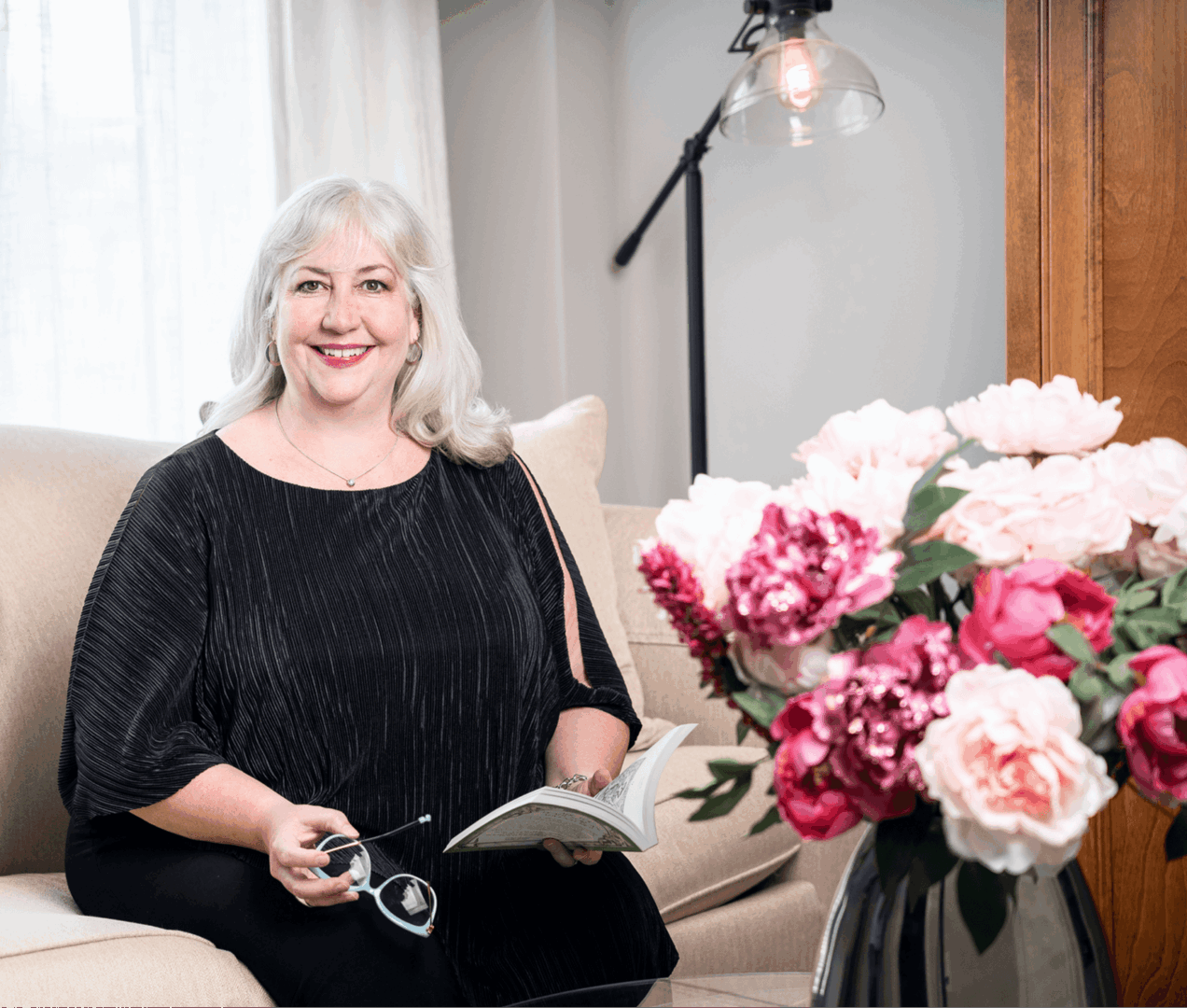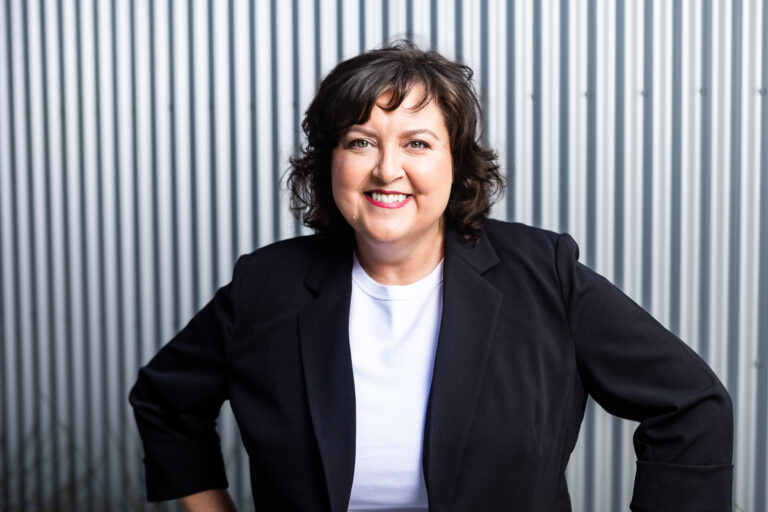We caught up with the brilliant and insightful Kelly Mathews a few weeks ago and have shared our conversation below.
Kelly, we are so appreciative of you taking the time to open up about the extremely important, albeit personal, topic of mental health. Can you talk to us about your journey and how you were able to overcome the challenges related to mental issues? For readers, please note this is not medical advice, we are not doctors, you should always consult professionals for advice and that this is merely one person sharing their story and experience.
When I was diagnosed with Bipolar disorder in 1994, I had never heard of it. I was suffering from what is known as Bipolar rage. At the time I assumed that I was a bad person with serious anger management issues. Putting a name to what I was going through and knowing that there was help available with medication and therapy went a long way to helping me begin to heal.
At the time insurance did not cover any mental health treatment and I had to pay for everything out of pocket. Consequently, my treatment and recovery were up and down, but with a phenomenal support group and time I was able to get my symptoms under control and start to thrive as the new me!
Appreciate the insights and wisdom. Before we dig deeper and ask you about the skills that matter and more, maybe you can tell our readers about yourself?
Who I am I am Kelly Mathews, a visual artist from Chicago, IL, working primarily in encaustic and photography.
What I do
I create art reflecting my lived experiences with Bipolar Disorder, addiction, rehab, and recovery.
Why I do it
To promote a better understanding of Bipolar Disorder among people with no experience with the illness, and to give hope to those living with Bipolar from someone who has made it through the worst and come out the other side.
Why it matters
This is a very lonely, confusing, and isolating illness. The stigma alone will cause many to reject a diagnosis and refuse treatment. Those who accept it are often made to feel broken or damaged. Just showing them that someone else has gone through what they’re feeling and survived can be the first step in giving them hope.
My process
While I enjoy working with whatever I can get my hands on, the majority of my work uses Encaustic painting, photographic transfer, and text. My formal training is in video and film, and I still view my work as storytelling. I often work in miniseries and see these works as storyboards depicting moments of high drama, allowing the viewer to participate in filling the space between.
The photography acts more as a film still, capturing the essence of the person or object while recognizing they are in a constant state of change.
Working with encaustic allows me to build the work in layers of pigment, images, and text. This creates a depth and complexity in the work inherent in each of us as individuals. Using the image transfer technique allows the images to become translucent, adding more depth and keeping the visual dialog of the lower layers in play. Transferring also allows me to control how complete the image is. Many of my works are about memories or emotions. As these are not concrete states, I want the images to be incomplete, broken, scratched out and cracked, conveying the fragility of their existence.
My solo show, “Being Bipolar in a Polarized World”, has spent the last 3 years touring the Midwest with shows at The Art Center Highland Park, Northwestern University, and the University of Wisconsin, Madison.
Part of my new series, “I Am So Much More (than Bipolar)” is showing with the Ryan Licht Sang Bipolar Foundation permanent collection at the Stiles-Nicholson Brain Institute, Florida Atlantic University. I will also be their featured speaker, giving a talk titled “A Bipolar Journey: From Surviving to Thriving”
If you had to pick three qualities that are most important to develop, which three would you say matter most?
The three things that are most important to recovery are… 1. Wanting to get better.
2. Not being afraid to ask for help.
3. Ability to forgive yourself.
Much like addiction, this is a battle that you can’t win on your own. You cannot just snap out of it. Stop worrying about what other people may think, I promise that you have more people on your side than you know.
Okay, so before we go, is there anyone you’d like to shoutout for the role they’ve played in helping you develop the essential skills or overcome challenges along the way?
Hands down, the Ryan Licht Sang Bipolar Foundation has played the strongest role in helping me develop both mentally and artistically. They have introduced me to the leading scientists and advocates for Bipolar disorder. They have also introduced me to some of the top gallerists in the country and exhibited my work with their permanent collection, giving it access to thousands of viewers.
Contact Info:
- Website: www.arrivisteart.wordpress.com
- Instagram: @arrivisteart
- Facebook: @arrivisteart
- Linkedin: https://www.linkedin.com/in/kelly-mathews-098a88235/
- Youtube: @kellymathews5977








Image Credits
Michael Coakes




